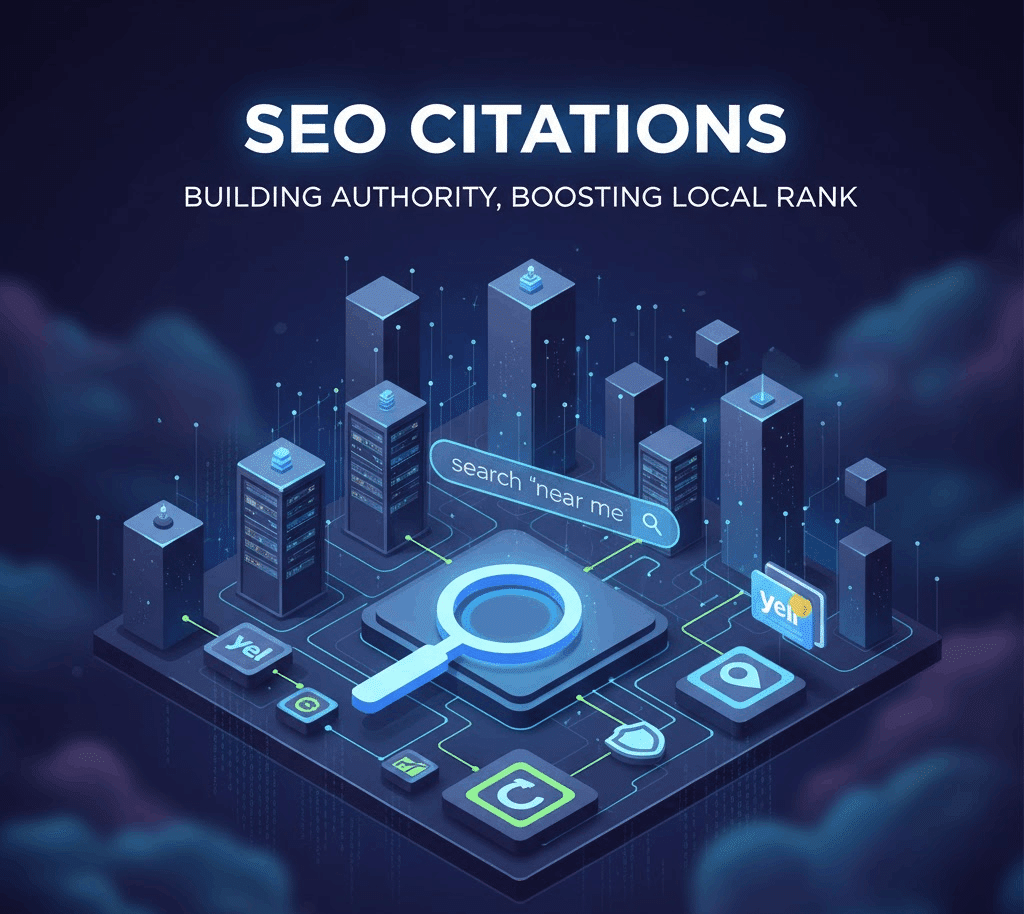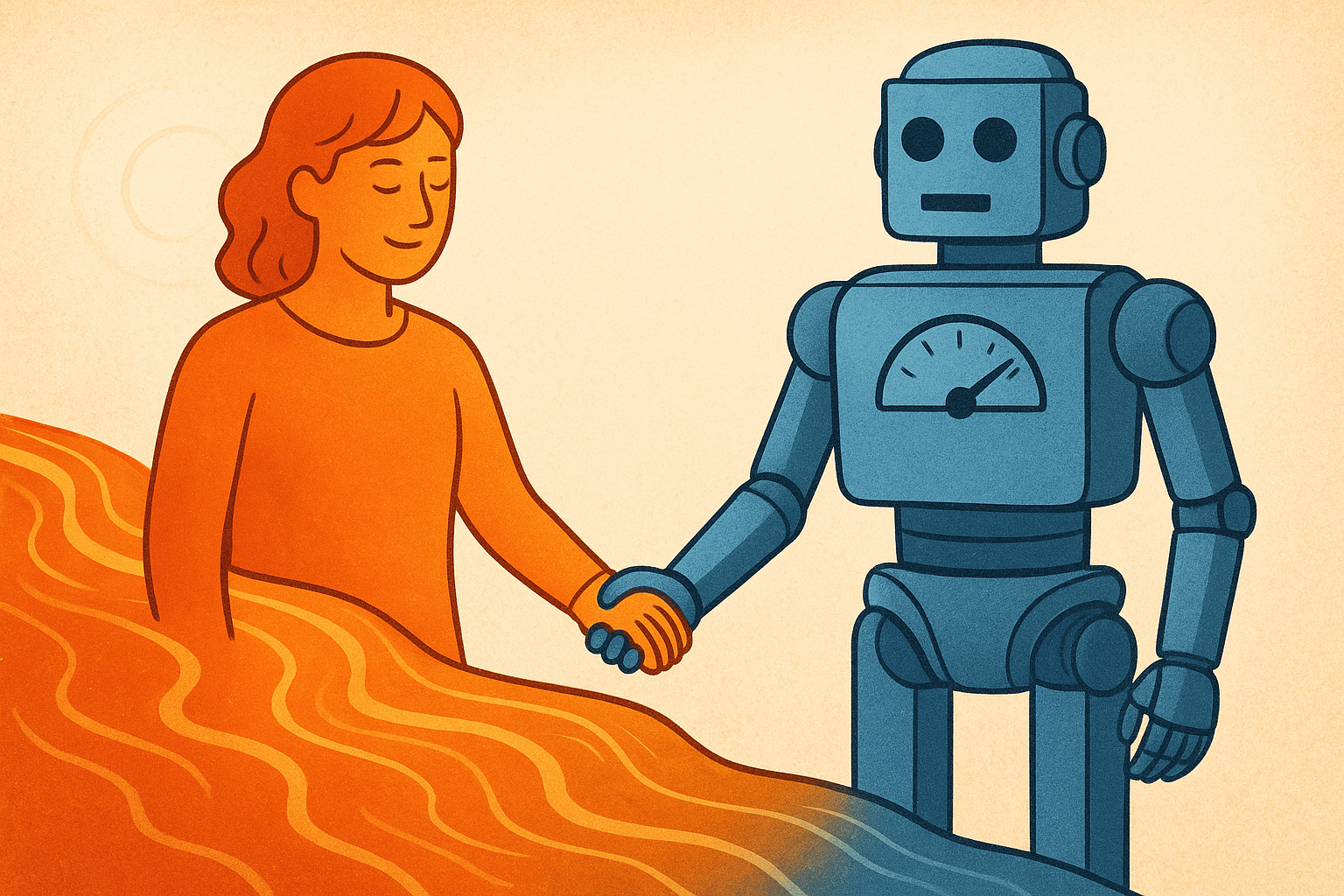In our fast-paced world, humans often find themselves overwhelmed by information and uncertain about complex things. This cognitive overload is precisely where artificial intelligence tools prove invaluable, particularly AI agents that can transform how we approach problem-solving and task management.
What Defines an AI Agent?
An AI agent represents a sophisticated software system that leverages artificial intelligence capabilities to autonomously interact with digital environments, gather information, and execute tasks on behalf of users or integrated systems. These intelligent systems combine machine learning algorithms, natural language processing capabilities, and advanced decision-making frameworks to interpret user intentions and accomplish objectives across multiple platforms and applications.
The key distinction between AI agents and conventional AI applications lies in their proactive nature. While traditional AI tools primarily focus on content generation or query responses, AI agents demonstrate enhanced functionality by actively managing calendars, processing documents, completing forms, updating customer relationship management systems, and executing complex multi-step procedures aligned with user objectives.
Think of these systems as tireless digital colleagues who maintain consistent performance without fatigue, require no reminders, and execute tasks with precision. Whether streamlining email management, organizing schedules, or automating routine processes, effective AI agents deliver significant time savings, minimize operational friction, and allow users to concentrate on high-priority activities.
Categories of AI Agent Systems
The landscape of AI agents encompasses various specialized types and platforms:
Agent Classifications
- Objective-driven agents that focus on specific goal achievement
- Adaptive learning agents that improve through experience
- Reactive response agents that respond to immediate stimuli
- Multi-layered hierarchical agents for complex task management
- Collaborative multi-agent ecosystems for distributed problem-solving
Popular AI Agent Platforms
- AgentGPT and AutoGPT for autonomous task execution
- Microsoft Copilot Studio for enterprise integration
- OpenAI’s agent frameworks for custom development
- Specialized platforms like AirOps, BabyAGI, and Gumloop
- Industry-specific solutions, including Devin for development, IBM watsonx for enterprise, and Salesforce integrations
- Framework solutions such as AutoGen and CrewAI for multi-agent coordination
What are the Advantages of an AI Assistant?
Creative Enhancement and Strategic Focus
By automating data-heavy and repetitive processes, AI agents liberate human team members to concentrate on innovative thinking, strategic planning, and high-impact problem-solving activities that require uniquely human capabilities.
Improved Communication Efficiency
AI-enhanced meeting tools automatically capture conversations, create comprehensive summaries, and generate actionable task lists, significantly reducing miscommunication while eliminating manual documentation burdens. These systems also deliver immediate access to accurate information, removing time-consuming file searches.
Data-Driven Decision Support
Advanced AI systems excel at processing extensive datasets and analyzing historical patterns to reveal insights, forecast trends, and recommend evidence-based solutions. This analytical power enables teams to make rapid, well-informed decisions using current data.
Enhanced Remote Collaboration
AI assistants excel at coordinating schedules across global time zones, providing real-time language translation, and enabling fluid communication within established platforms like Slack and Microsoft Teams.
Customized User Experience
AI systems can be tailored to individual and team preferences, delivering personalized recommendations for content curation, schedule optimization, and task prioritization, ultimately improving focus and operational efficiency.
Implementation Challenges and Considerations
Data Security and Privacy Concerns
AI assistants frequently handle sensitive information, creating significant privacy risks. Without comprehensive security protocols and strong encryption measures, confidential data remains vulnerable to unauthorized access or potential breaches.
Dependency Risks and Skill Degradation
Excessive reliance on AI systems may impede the development of essential human capabilities such as critical analysis and sophisticated communication skills. Teams might cease engaging in meaningful strategic discussions if they consistently accept AI recommendations without thorough evaluation.
Limited Contextual Understanding
AI systems often struggle with interpreting context, emotional subtleties, and non-verbal communication elements inherent in human interactions, potentially leading to misunderstandings or misdirected responses.
Algorithmic Bias Concerns
AI models trained on historical datasets may perpetuate or amplify existing societal prejudices, resulting in skewed outcomes or discriminatory suggestions without proper monitoring and correction mechanisms.
Resource Investment Requirements
Integrating AI systems with existing infrastructure and training personnel demands substantial time and financial commitments. This can prove particularly challenging for smaller organizations and may create employee resistance without clear benefit communication.
Strategic Implementation Guidelines
To optimize AI benefits in collaborative environments while mitigating potential risks, organizations should adopt these proven strategies:
Establish Clear Boundaries
Clearly delineate responsibilities between human team members and AI systems, treating the technology as a specialized team member with defined capabilities. Assign AI systems to handle data compilation, scheduling coordination, and information retrieval, while humans focus on complex analysis, relationship management, and creative problem-solving.
Ensure Smooth Integration
Select AI solutions that seamlessly connect with existing workflow systems and communication platforms such as Zoom, Slack, or Microsoft Teams to maintain knowledge continuity and preserve established operational processes.
Develop Robust Data Management
Implement comprehensive data privacy and security protocols using enterprise-grade AI solutions to prevent sensitive information from being incorporated into public model training datasets.
Maintain Human-AI Balance
Design hybrid workflows where AI provides analytical insights and recommendations while human team members retain oversight responsibilities, contextual interpretation, and final decision-making authority. This approach prevents skill deterioration while maintaining output quality.
Promote Organizational Transparency
Communicate openly with employees about AI’s role and establish clear ethical usage guidelines. Create feedback mechanisms allowing team members to report concerns and contribute to workflow refinement processes.
What Richard Uzelac Thinks on The Future of Human-AI Collaboration?
I think that human-AI collaboration is like a symphony orchestra. AI Agents the instruments—drums, violins, piano. Meanwhile, humans are the conductor, bringing out music with its creativity.
Instruments alone cannot create the soul-stirring experience that emerges when guided by human artistry. Similarly, AI’s computational power reaches its highest potential only when directed by human wisdom, creativity, and a heart.
Maintaining the delicate balance between human intelligence and artificial intelligence is the key to solving problems. Ensuring that technology enhances rather than replaces human capabilities is important. Moreover, establishing clear communication channels about AI’s role, limitations, and ethical boundaries in the organization fosters an environment where employees feel informed and empowered rather than threatened or confused. Finally, the thoughtful implementation of these practices represents more than just technological advancement—
As we move forward, the most successful organizations will be those that view AI agents not as replacements for human workers, but as sophisticated tools that amplify human potential. Therefore, in this new era, we should always have a strategic commitment to preserving human expertise while embracing innovation.





